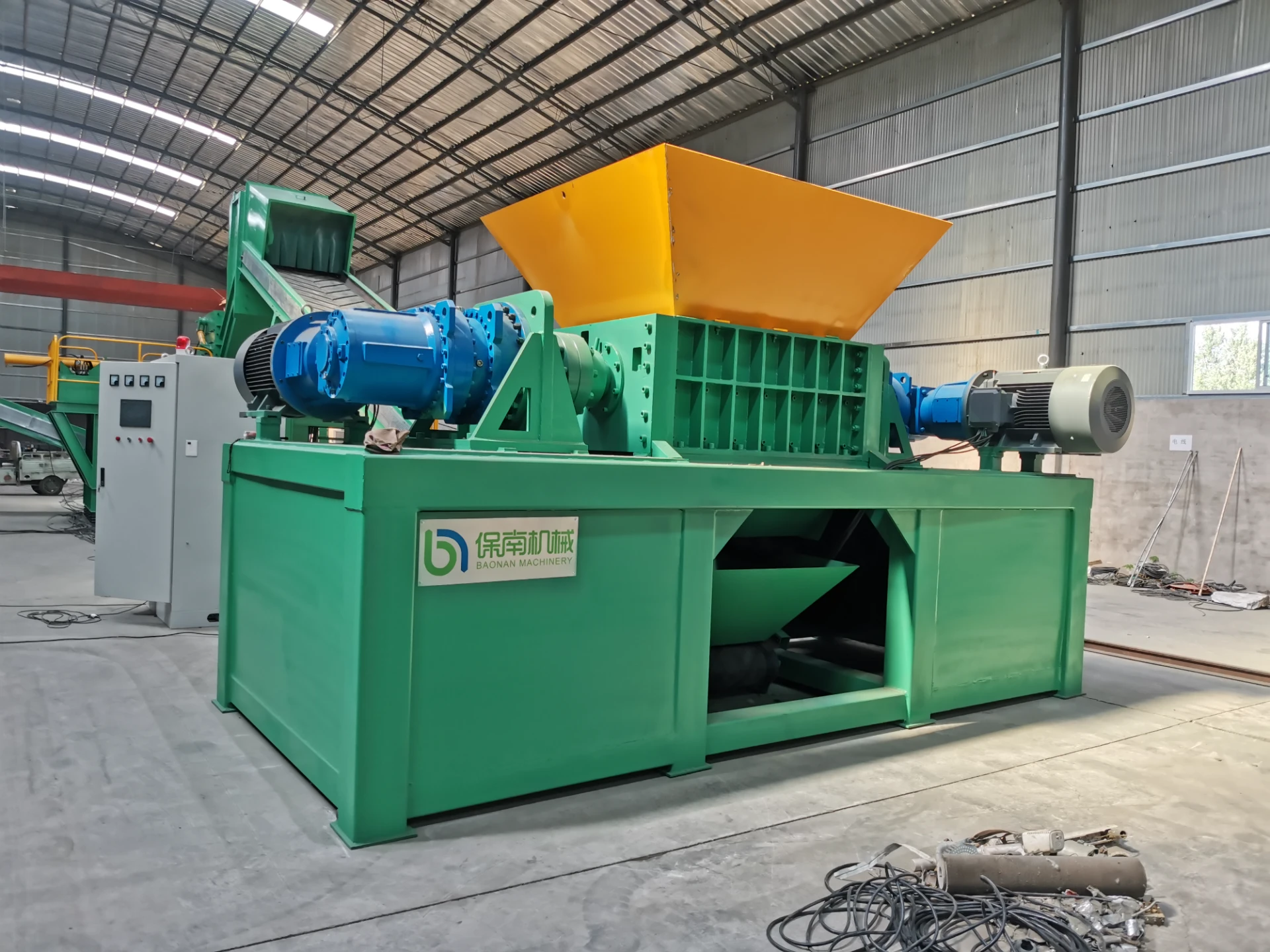
10 月 . 10, 2024 21:58 Back to list
Disposing of printers can sometimes pose challenges, especially considering environmental regulations and the variety of components that make up these devices. As technology evolves, outdated printers often become obsolete, and responsible disposal methods are essential to minimize their impact on our environment. This article will discuss effective strategies for disposing of printers in a way that is both environmentally friendly and compliant with local regulations.
First and foremost, it’s important to assess the condition of the printer. If the printer is still functional, consider donating it to local schools, charities, or community centers. Many organizations seek working devices that can help them reduce operational costs. Donating not only extends the life of the printer but also provides assistance to entities that may not have the budget for new equipment.
If the printer is irreparable or no longer meets your needs, recycling is the most responsible option. Many components of printers, such as plastic casing and metal parts, can be recycled. However, printers often contain hazardous materials like ink cartridges and toner. Before recycling, be sure to remove these components as they require special handling. Many manufacturers offer recycling programs for their ink and toner cartridges, making it easy to return these items for responsible disposal.
If you prefer to dispose of your printer through a retailer, check with local electronics stores. Many major retailers provide trade-in programs or recycling services for old electronics. This can be a convenient option, especially if you’re purchasing a new printer. Some retailers offer discounts or incentives when trading in an old model, adding extra value to your disposal efforts.

When it comes to disposing of printers, it's also crucial to consider data security. Just like computers, printers often have memory storage that may retain sensitive information. If your printer has a hard drive or memory, consult the user manual for proper instructions on how to wipe it clean. If the model does not support hard drive wiping, physically dismantling the device or consulting a professional service may be necessary to ensure data security.
Another approach to printer disposal is taking advantage of manufacturer take-back programs. Many printer manufacturers have implemented initiatives to accept old equipment directly from consumers. These programs often include shipping labels or designated drop-off points that make the process straightforward. Before disposing of your printer, visit the manufacturer’s website to check for such programs.
Lastly, if none of the above options are viable, consider contacting your local waste management authority. They can provide guidance on how to properly dispose of electronics in compliance with municipal regulations. This is crucial, as improper disposal of electronic devices can lead to heavy fines and environmental damage.
In conclusion, disposing of printers requires a thoughtful approach to ensure that the process is environmentally responsible and compliant with legal regulations. Whether through donation, recycling, retail take-backs, or local e-waste facilities, several options exist for those looking to dispose of old printers. By taking the time to consider these methods, individuals can contribute to reducing electronic waste and promoting sustainability in their communities.
Latest news
Unveiling the Power of Eddy Current Separator
NewsSep.25,2024
Transform Your Home Recyclin:home metal shredder
NewsSep.25,2024
The Future of Waste Management with Recycling Line Picker
NewsSep.25,2024
The Benefits of a Metal Recycling Plant
NewsSep.25,2024
Revolutionize Material Separation with Onwang Technology
NewsSep.25,2024
Innovative Waste Management: Unveiling the MSW Sorting Plant
NewsSep.25,2024